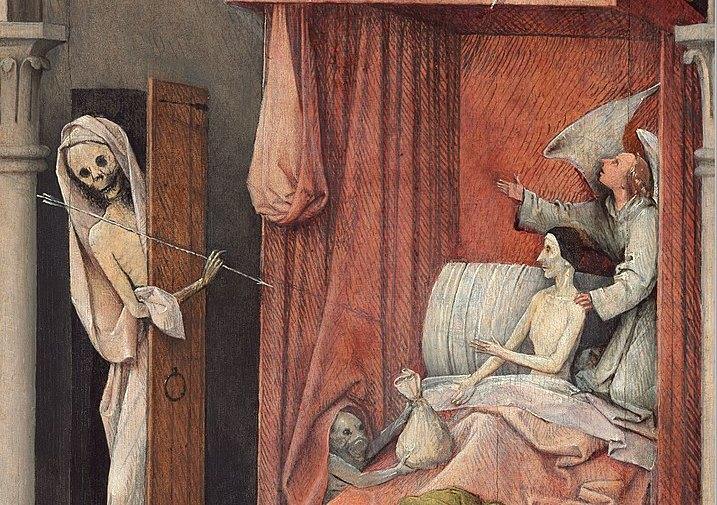The pandemic of COVID-19 is causing havoc in more ways than we might imagine, such as for those who are battling addictions.
For some time, the United States has struggled with an opioid epidemic. Now, because of social distancing, many who are combating an addiction are no longer able to attend group meetings or go to gyms to help them cope.





